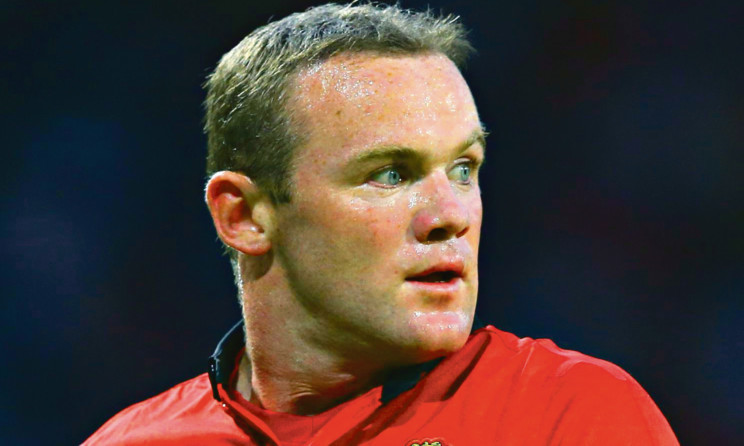
Will Roy Hodgson become a diamond geezer to include Wayne?
Where will Wayne Rooney line up for England?
That has been the big talking point this past week.
Gary Lineker knows that whatever plan Roy Hodgson has devised to get the best out of Rooney, it could be in the dustbin by this time next week.
Where the Manchester United man plays against Italy in Manaus and even if he should play at all has been the prime topic of conversation in Miami for the last six days.
Never has the talismanic striker been under so much scrutiny for his international place, with Hodgson using him in a variety of positions in this week’s friendlies.
But Lineker’s personal experience at two World Cups leads him to believe that whatever option the manager settles on, outside circumstances will end up dictating his choices.
“Roy is evolving his system,” says Lineker, who heads the BBC team in Brazil. “He’s often played 4-3-3, which has worked quite well, but he could play with the diamond like Liverpool.
“That might be the only way you can get Daniel Sturridge in the middle and Rooney in a position that suits.
“If he doesn’t play that way, one of them would have to play out of position or be left out.
“But whatever Roy decides, he’s got a 23-man squad and events will always transpire within a tournament that make you think differently.
“For instance, we started really slowly in Mexico in ‘86. We lost to Portugal in the first game and everything went wrong against Morocco.
“It was 0-0, Ray Wilkins was sent off and Bryan Robson got injured. It meant we had to win the last game and Bobby Robson just changed things round.
“It was the first time ever we’d played with one up front me and someone in the hole Peter Beardsley. It wasn’t planned but it worked.
“In 1990, we switched to three at the back. There’s always been this myth that it was player power that dictated it but Bobby asked our opinion and went away and made the decision. It worked for us because it freed us up.
“England have been constrained by 4-4-2 two strikers, two midfield players, two wide players. All we ever do generally at World Cups is chase the ball, not getting a kick.
“That system is so easy to play against, especially through the middle.
“That’s why it was like having the shackles taken off at Italia 90. All of a sudden players could find space. They weren’t stuck in positions all the time, easy to mark.
“That’s something Roy has to think about in this World Cup. To make sure we’re not to be drawn into that.”
Lineker got under Hodgson’s skin earlier in the season when he tweeted during the goalless draw in Ukraine that the manager was “taking England back to the Dark Ages” by employing a rigid 4-4-2.
“It was just one game that was dour and I said we’d gone backwards,” he says.
“I used the phrase ‘Dark Ages’ and that was probably a bit unfair.
“I think it’s really important for me to say that in a lot of the qualifying games I really liked what England were doing.
“We’d played 4-3-3 in a quite a few matches, it had worked really well and I’d given them a lot of credit.”

Enjoy the convenience of having The Sunday Post delivered as a digital ePaper straight to your smartphone, tablet or computer.
Subscribe for only £5.49 a month and enjoy all the benefits of the printed paper as a digital replica.
Subscribe